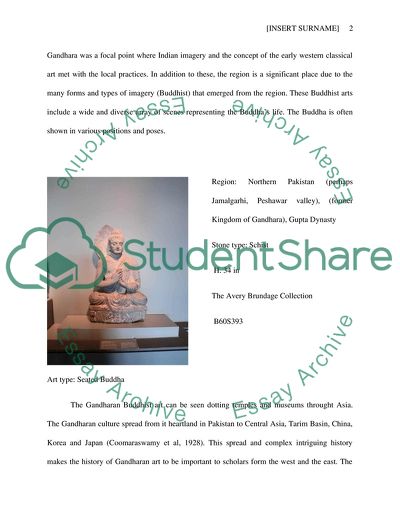Cite this document
(Seated Buddha Case Study Example | Topics and Well Written Essays - 1750 words, n.d.)
Seated Buddha Case Study Example | Topics and Well Written Essays - 1750 words. https://studentshare.org/visual-arts-film-studies/1847886-analysis-the-art-work
Seated Buddha Case Study Example | Topics and Well Written Essays - 1750 words. https://studentshare.org/visual-arts-film-studies/1847886-analysis-the-art-work
(Seated Buddha Case Study Example | Topics and Well Written Essays - 1750 Words)
Seated Buddha Case Study Example | Topics and Well Written Essays - 1750 Words. https://studentshare.org/visual-arts-film-studies/1847886-analysis-the-art-work.
Seated Buddha Case Study Example | Topics and Well Written Essays - 1750 Words. https://studentshare.org/visual-arts-film-studies/1847886-analysis-the-art-work.
“Seated Buddha Case Study Example | Topics and Well Written Essays - 1750 Words”. https://studentshare.org/visual-arts-film-studies/1847886-analysis-the-art-work.


